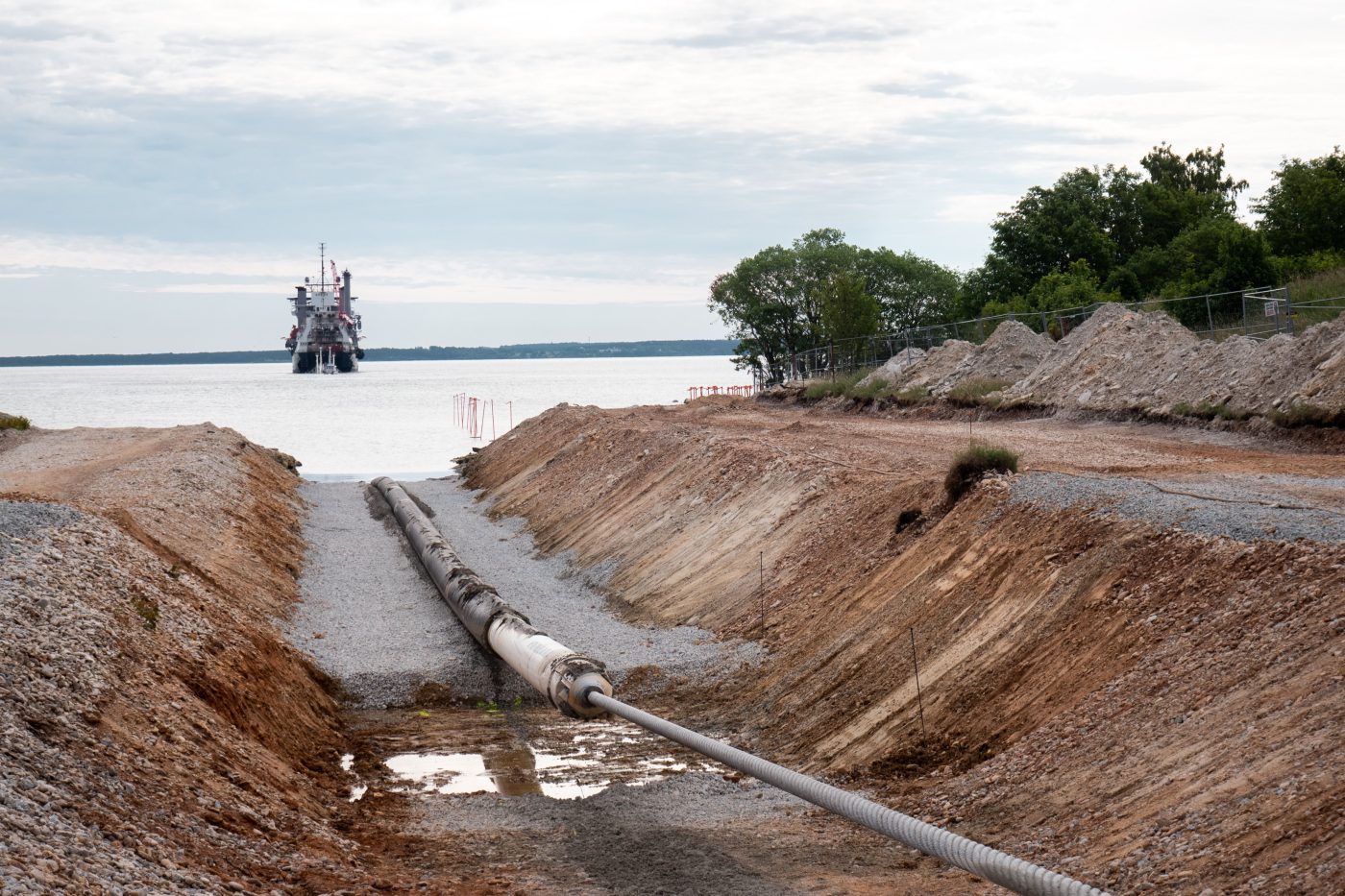In the early hours of October 8, Gasgrid Finland and its Estonian partner Elering noticed that the pressure in the Balticconnector, the gas pipeline they jointly operate, was mysteriously dropping. They took it out of service, and the two countries’ governments communicated their decision to the public. “Based on observations, it was suspected that the offshore pipeline between Finland and Estonia was leaking. The valves in the offshore pipeline are now closed and the leak is thus stopped,” Gasgrid Finland said.
Given that the Nord Stream 1 and 2 were sabotaged almost precisely one year ago, it seemed like a bad omen. Three days later, Finnish Prime Minister Petteri announced (October 10) that investigations show the damage “could not have been caused by normal use of the pipeline or pressure fluctuations.”
The Finnish government also announced that a telecommunications cable linking the two countries had been damaged and that sabotage was suspected there too. European gas prices rose as much as 12.5% on the news.
“We are in constant contact with our allies and partners. I discussed [the matter] with NATO Secretary General Jens Stoltenberg today. NATO is ready to assist with the investigation. Finland’s level of preparedness is good. These events have no impact on our security of supply,” President Pauli Niinistö said. “NATO is sharing information and stands ready to support allies concerned,” NATO Secretary General Jens Stoltenberg tweeted soon afterward.
It’s an extraordinary turn of events. The leaks from Nord Stream 1 and 2 a year ago sent geopolitical shockwaves around the world, especially after the investigating authorities in Sweden and Denmark — in whose exclusive economic zones the leaks occurred — concluded that they were most likely acts of sabotage.
But the Nord Stream connected Russia with Germany. Balticconnector connects two close friends and allies. The fact that someone might want to harm undertakings linking two peaceful countries would indicate that infrastructure sabotage is reaching a new level.
As Niinistö said, Finland’s security of supply won’t be affected by the pipeline suspension; indeed, the country is among the world’s best-prepared when it comes to a range of contingencies. But the suspected sabotage is classic gray zone aggression. Without compelling evidence, the targeted country is harmed severely, and yet not enough for it to respond with military means. And because it’s not a military attack, it would at any rate be foolish and escalatory to respond with military means.
The perpetrator is hard, if not impossible, to identify — after more than a year, of government inquiries and several media investigations, it remains unproven who destroyed Nord Stream 1 and 2 (the most-accused are Russia and commandos linked to Ukraine).
Grayzone aggression is also relatively cheap, in blood and treasure, and it will always leave the public frightened and apprehensive about what comes next. That’s what makes grayzone such an attractive form of aggression. (I discuss it at length in my book The Defender’s Dilemma: Identifying and Deterring Gray-Zone Aggression.)
That’s what Finland and Estonia face now. Yes, NATO has promised to assist them, but because it is a military alliance it’s unclear what it can do to help other than to send allied ships to help the Finns and Estonians monitor their waters. And because the threat to sub-sea infrastructure was not taken seriously until recently, few allied countries have appropriate naval assets. (The UK and France, for example, are taking measures now.)
For years, gray zone aggression has been dismissed as less serious than kinetic violence. And it’s true that it’s less dramatic. But it’s certainly not less dangerous.
Disabling a country’s energy supply means harming that country’s ability to function. Because Finland and Estonia have long taken grayzone aggression seriously, they were relatively well-prepared. Other countries won’t be so lucky should they be the target of the next apparent act of sabotage.
Elisabeth Braw is a senior fellow at the American Enterprise Institute (AEI), where she focuses on defense against emerging national security challenges. She is also a columnist for Foreign Policy and Politico Europe and the author of ‘The Defender’s Dilemma: Identifying and Deterring Gray-Zone Aggression’ (AEI Press, 2022) and ‘God’s Spies’ (Eerdmans, 2019), about the Stasi.
Europe’s Edge is CEPA’s online journal covering critical topics on the foreign policy docket across Europe and North America. All opinions are those of the author and do not necessarily represent the position or views of the institutions they represent or the Center for European Policy Analysis.





